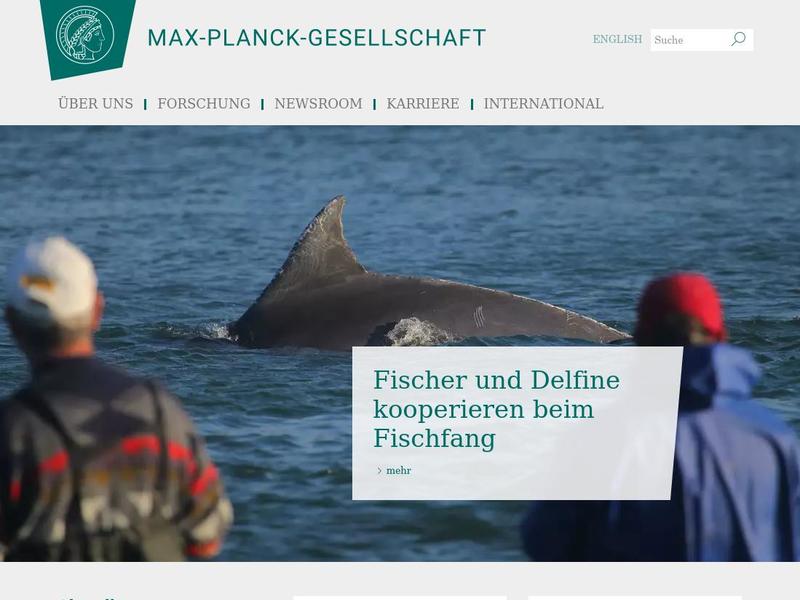The strange afterglow of a gamma-ray burst https://www.mpg.de/16999277/0607-kern-gammarayburst-153865-x
Researchers from the H.E.S.S. Collaboration succeeded to derive the intrinsic spectrum of the very-high-energy gamma-ray afterglow emission of a relatively nearby gamma-ray burst. Sur-prisingly, the gamma-ray spectrum resembles that of the much lower-energy X-rays, while the fading emission from both bands was observed to march in parallel over three nights.
However, a high bar has now been set by this H.E.S.S. result, which has highlighted

